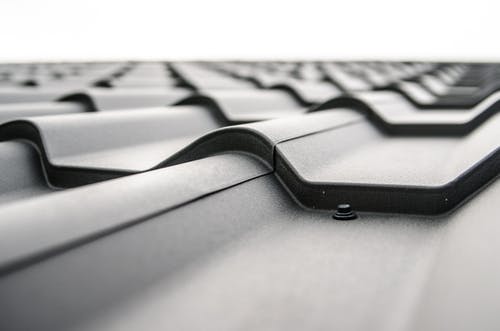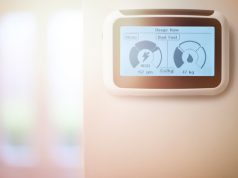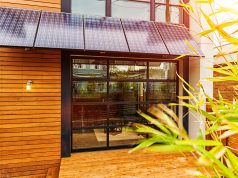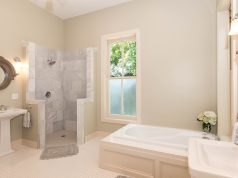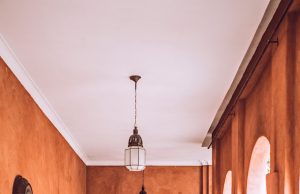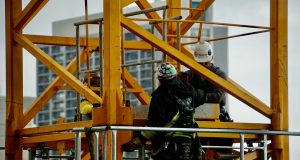Sustainability is a vital consideration when it comes to modern new-builds. We’re concerned not just with how a given structure will perform, but how it’ll be able to withstand extremes of heat and cold, which are becoming more and more common as a result of climate change.
The roof is among the more important components of any home, especially where heat efficiency is concerned. Given this, it’s warranted that designers spend due time thinking about how they might be improved. Even the best roofing from Varico still has a room for improvement.
Lifespan
Roofing materials and designs have evolved over the years. Modern roof membrane is capable of lasting for decades, if not longer. It’s quickly proven itself to be a reliable solution. Structural elements, like steel and brickwork, are unlikely to be dispensed with soon.
Large expanses of glass have proven themselves exceptionally popular in public buildings – but in roofing, skylights are a complicated solution that only suits certain situations – they’re more expensive than opaque alternatives, per square metre, and they’re vulnerable to hailstorms and other extremes in weather (although skylight manufacturers are keen to point to the resilience of their products).
Weatherproofing
A roof that doesn’t keep out rain, hail and snow isn’t worth much as a roof at all. Here, flat roofing is at a natural disadvantage. Without a natural slope there to divert precipitation away from the structure of the building, the roof is vulnerable to standing water. Puddles form, and thereby increase the weight on a given section of roof. This in turn deforms the roof, making puddles more likely in the future. Eventually, this effect culminates in a leak.
Membrane roofing is again preferable to more traditional bitumen-and-gravel techniques. It’s far more lightweight, which reduces the strain on the underlying building, while reducing the likelihood of failure. Moreover, membrane is less prone to expansion and contraction as a result of exposure to sunlight, and to extremes of weather, and therefore enjoys a longer lifespan.
Fire Safety
The Grenfell Tower disaster has rightly brought considerable scrutiny onto the materials used in buildings in the UK. This culminated in the 2018 report by Dame Judith Hackett, which recommended, among other things, that the government ban combustible materials in the roofs of high-rise buildings. This change came into effect in England in December of the same year. The ban specifically excludes membranes and thermal break materials.

